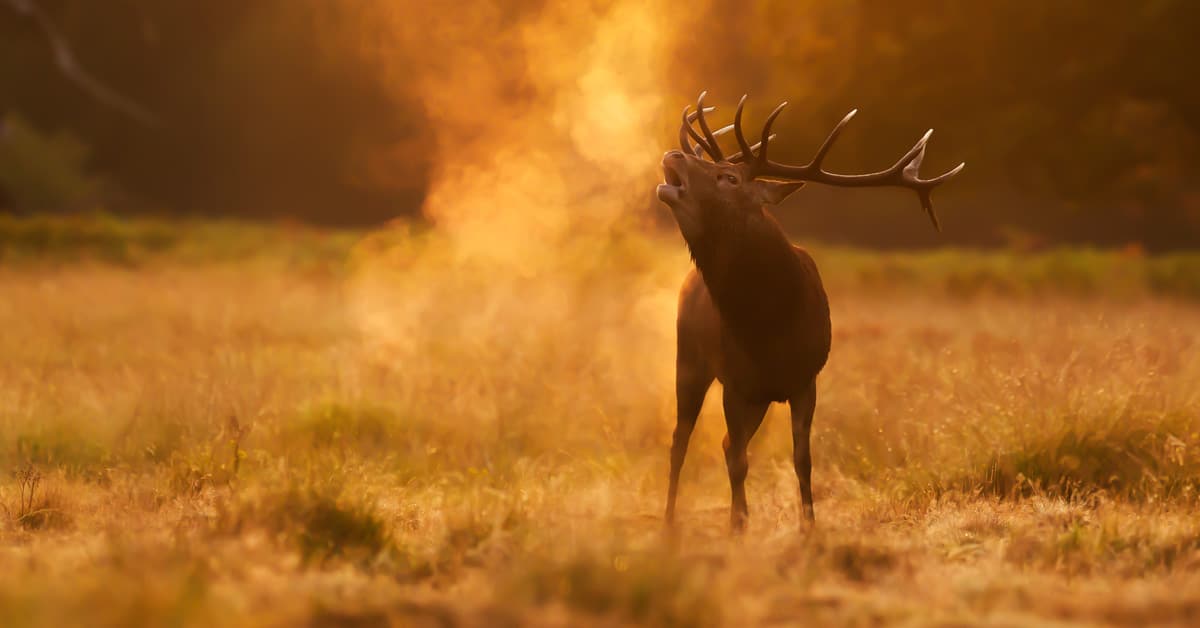Celebrity magazine OK! reported on 10 January that in his autobiography Spare, Prince Harry recounts his experience of ‘blooding’.
According to the celebrity magazine, the book describes Harry stalking then murdering a stag in the grounds of Balmoral. He was about 15 at the time. The prince’s stalking guide, Sandy, then bled the stag from their neck and opened their belly up with a knife.
According to OK!, Harry then said the guide:
“placed a hand gently behind my neck, and… pushed my head inside the carcass.
“I tried to pull away, but Sandy pushed me deeper. I was shocked by his insane strength. And by the infernal smell. My breakfast jumped up from my stomach.
“After a minute I couldn’t smell anything, because I couldn’t breathe. My nose and mouth were full of blood, guts and a deep, upsetting warmth.”
OK! said Harry described a “swelling pride” for killing the animal with a single shot through the heart.
What Harry experienced is a ‘bloodsport’ tradition known as blooding. And it’s not limited to deer stalking.
“The animal threw itself off the bridge”
Blooding is a tradition in ‘bloodsports’ extending back centuries. In shooting and stalking, a person’s face is smeared with the blood of the first animal they kill. In hunting with hounds, a person is blooded by the first kill they are present for. It is, in essence, a gruesome coming of age ritual. Even as far back as 1914, humanitarian and animal rights campaigner Henry Salt said there are no more “loathesome” traditions in bloodsports.
Blooding itself appears to remain common amongst the stalking and shooting industries. There is Harry’s experience, of course. And in 2014, a photo of the daughter of TV fashion personality Susannah Constantine hit the headlines. It showed ten-year-old Cece’s face smeared in the blood of a duck she’d shot.
When it comes to hunting, few if any recent photos of a blooding have made it into the public. Wildlife Guardian shared a quote from the 1977 book The Book of Foxhunting that suggested most foxhunts phased out blooding by the 1930s. However, an Alamy stock photo shows a young boy blooded at a meet of the Quantock Staghounds in 1997.

In 2020, the League Against Cruel Sports released another video portraying the cruelty of staghound packs. The footage showed a rider with the Devon and Somerset Staghounds whipping an exhausted stag from his horse. And a 2017 article in DevonLive, reproduced by Facebook page Against Wild and Endangered animal cruelty, shared one witness’s description of a hunted stag’s final, desperate actions:
“The animal, clearly distressed, took one look at its only route to potential escape and threw itself off the top of the 30ft bridge and crashed on to the road below in front of all of the members of public.
“The animal lay in the road – seriously injured but still alive – to which the gunman then shot and ended the prolonged suffering.”
And the most vile part of all this? It’s all still completely legal.

The lesser of horrors
There are three registered staghound packs left in the UK: the Quantock Staghounds, the Devon and Somerset Staghounds, and the Tiverton Staghounds. And as Protect the Wild previously reported, the three packs use loopholes in the Hunting Act to continue chasing and killing deer. In particular, the packs will claim they are conducting research when hunting deer. However, nearly 20 years after the ban, they are yet to make such research public.
So while Harry’s anecdote portrays a (likely quite extreme version of a) grim tradition that is likely dwindling, plenty of others continue. Stags in particular, due to their large stature and iconic status, are particularly vulnerable to the condemnation of some people’s egos. Deer stalkers are their own grim subculture within the animal murdering industry, of course. But staghound packs take an extra step in defining cruelty. And ‘blooding’ is almost the least of its horrors.
Help Protect the Wild strengthen the Hunting Act by signing a letter calling for an end to loopholes in the law.


